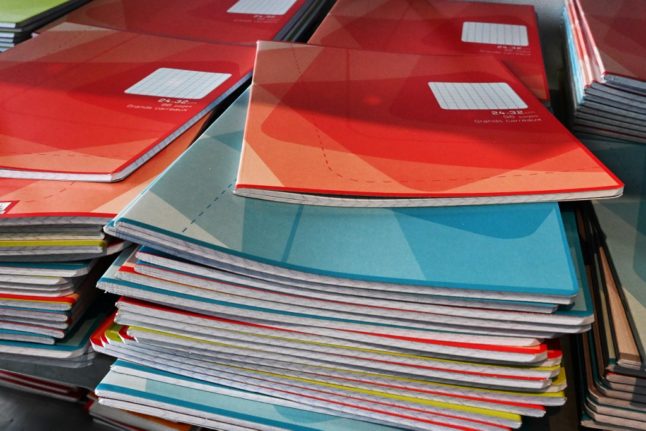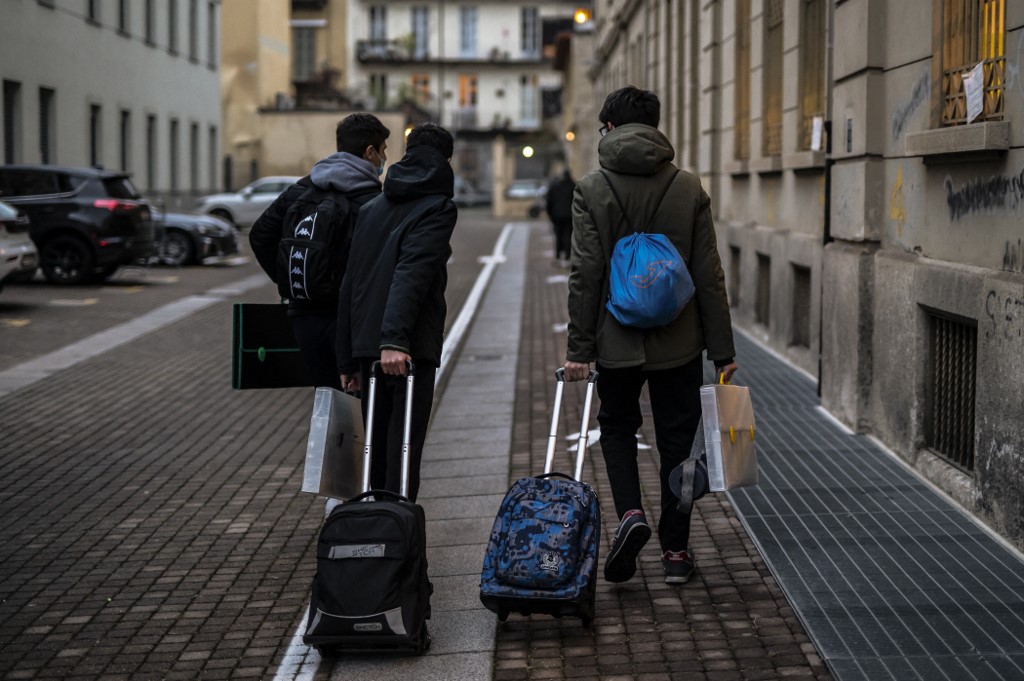In recent years, Italy has had to adjust to a new wave of immigration and is now facing the challenge of integrating both first and second generation immigrants in schools.
While progress has been made in recent years, Roberta Ricucci, a senior researcher of schools and second generation immigrants at the International and European Forum for Migration Research in Turin, tells The Local many Italians still hold a negative view of children with foreign parents.
Ricucci also gave the example of a school in Turin where Italian parents removed their children due to the high number of “foreign” children.
Even though second generation immigrants have been brought up in Italy, Ricucci says they continue to be considered as “foreigners” by Italians.
Meanwhile, teachers often push foreign or second-generation immigrant children to follow technical or vocational paths instead of encouraging them to go to university.
“Italian teachers need to change the way they see foreign children."
This attitude may well be influenced by the current immigration law, which rules that children born to foreign parents cannot gain Italian citizenship until they are 18.
But new data has allowed for a distinction to be made between children born in Italy to foreign parents and those born abroad.
Clearer definitions have led to better programmes such as providing new arrivals with Italian language classes, Ricucci says.
Second generation children often speak Italian fluently and a second language at home. Still, Italian schools “are not really aware of the importance of bilingualism”, according to Ricucci.
But she says that attitudes are slowly changing.
“Both foreign and Italian parents are working together to stress the benefits of multicultural classrooms, because children will be confronted with a multicultural society in the future,” she says.
While in some schools the children of immigrants are seen as slowing down Italian children, Ricucci says the opposite is also happening. “There are a lot of Chinese students who are first in all the subjects and are considered as good examples by all parents."
Such cases have a knock-on positive effect on society, with Italian parents starting to change their view on immigrant families as a whole.
But she says more needs to be done, starting with a change in the law to give citizenship to children born in Italy.
Integration projects in schools are a step in the right direction, although they're often unsustainable because they are designed by a single teacher and funded year by year.
“We can collect thousands of good practices but we need good intercultural policies, not only in schools but in the whole of society,” Ricucci says.
Schools can act as catalysts for the wider integration process, as children are given the opportunity to understand different cultures, but a broader “cultural change” is needed in Italy.
Over the years many immigrant families have joined the middle class and become well-established in Italy.
It is now time for “Italians to change the way they view immigrants,” Ricucci says.





 Please whitelist us to continue reading.
Please whitelist us to continue reading.
Member comments